There’s nothing like a new set of clean, crisp white sheets. And nothing quite so disappointing as when they start to yellow. Luckily there’s a secret to keeping whites bright, and that’s blue. Or laundry bluing, to be exact.
The reason your linens yellow over time is they were never white to begin with. Natural cotton is off-white, so your snow-white sheets were most likely bleached and/or dyed with the slightest bit of blue. Every time you wash your whites a little of this blue tint is removed. Dirt and oils further the discoloration, which no amount of bleach can combat. Used for centuries, old-fashioned laundry bluing is the most effective and environmentally friendly way to whiten your whites.

What is laundry bluing? And is it safe?
Laundry bluing is an age-old washing practice whereby whites are rinsed with a bit of diluted, nontoxic, biodegradable blue powder. The best-known bluing product is Mrs. Stewart’s Bluing Liquid, made of a fine blue iron powder suspended in water mixed with small amounts of pH balancer and a biocide to prevent the buildup of algae and bacteria.
Supplies

- Mrs. Stewart’s Bluing Liquid; $6 from MrsStewart.com
- Borosilicate Glass Measuring Cup; $15.99 at the Container Store
- Amco 4-Piece Stainless Steel Measuring Spoon Set; $8.25 from Whisk NYC
- Water
How to Use Laundry Bluing

Step 1: Dilute the bluing liquid in water according to the instructions: 1/4 teaspoon in 1 quart of water (4 cups) for a large load.
Step 2: Add diluted solution to the final rinse cycle of the wash. For a top loader, pour directly into the drum. For a front loader, add to the dispenser. Note: If your machine’s dispenser locks during the wash, you’ll have to add the diluted bluing agent to the wash cycle.

Is it worth the effort?

I found that laundry bluing was effective at maintaining white linens and was well worth the effort, especially when you consider that it’s a more environmental alternative to bleach. It’s true that I missed the final rinse cycle a few times. Now I set a timer or stick by the washer while I fold.
Pitfalls to avoid
One note of caution: Extremely discolored linens will not come out bright white after one rinse. Avoid the temptation to add more laundry bluing than is recommended. It results either in blue spotting or in grayish whites. If this happens, do not use bleach in an attempt to correct the problem, as this will just set the blue. Instead, you can remove the excess blue by submerging the fabric in a 2-to-1 mix of water to ammonia. (Be sure to do so in a ventilated room and, again, do not use bleach, as mixing ammonia and bleach is toxic.)
Liquid versus powdered bluing

I also experimented with Reckitt’s Crown Blue, another bluing agent that many swear by. To use, place a tablet in a cloth or muslin bag and squeeze to dissolve in water. After the tablet is fully dissolved, place your whites in a rinsing tub or machine.
For me, Reckitt’s was definitely less user friendly than Mrs. Stewart’s, resulting in more blue stains. Also, while squeezing, I got a bit on the clothes I was wearing.
Bonus: Bluer blues

Use a more concentrated solution of bluing to darken your faded jeans or indigo linens.
More tips for maintaining your fabrics and linens:
- 12 Natural Garment Washes and Detergents
- How to Clean Woolen Blankets, 5 Expert Tips
- Linen Logic: 20 Tips for Taking Care of Your Bedding
N.B.: This story originally ran on April 3, 2017 and has been updated.

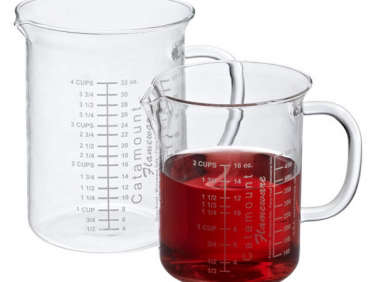
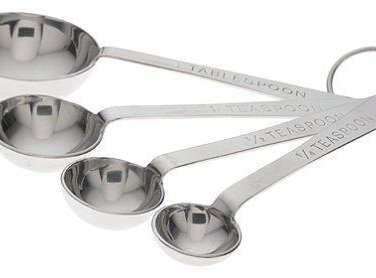
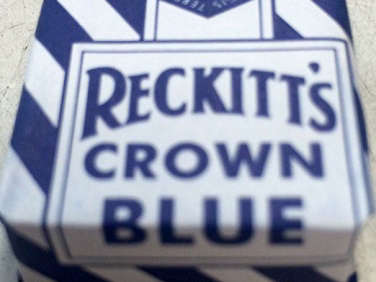
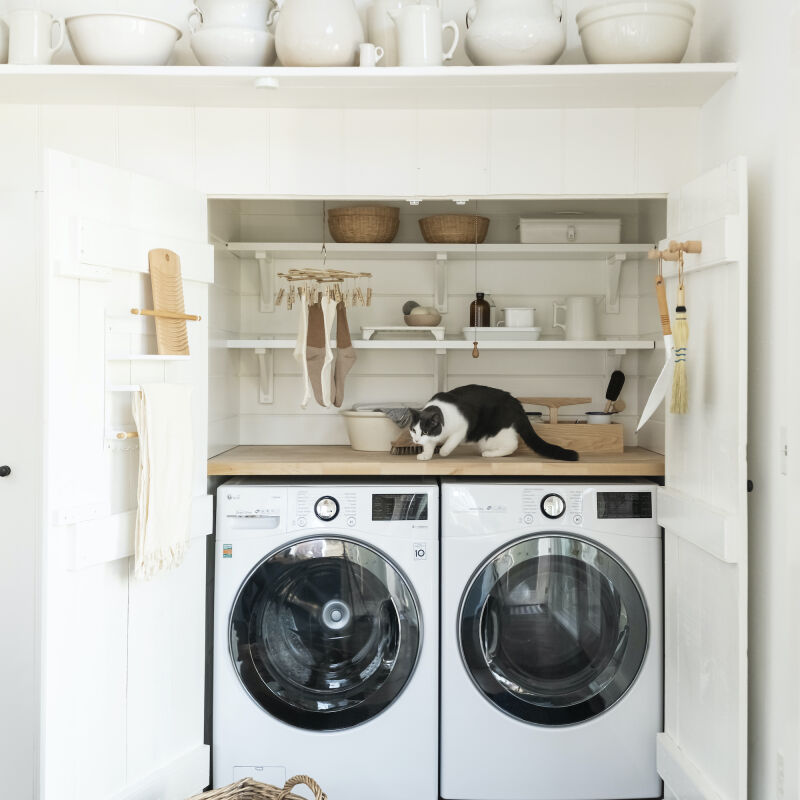
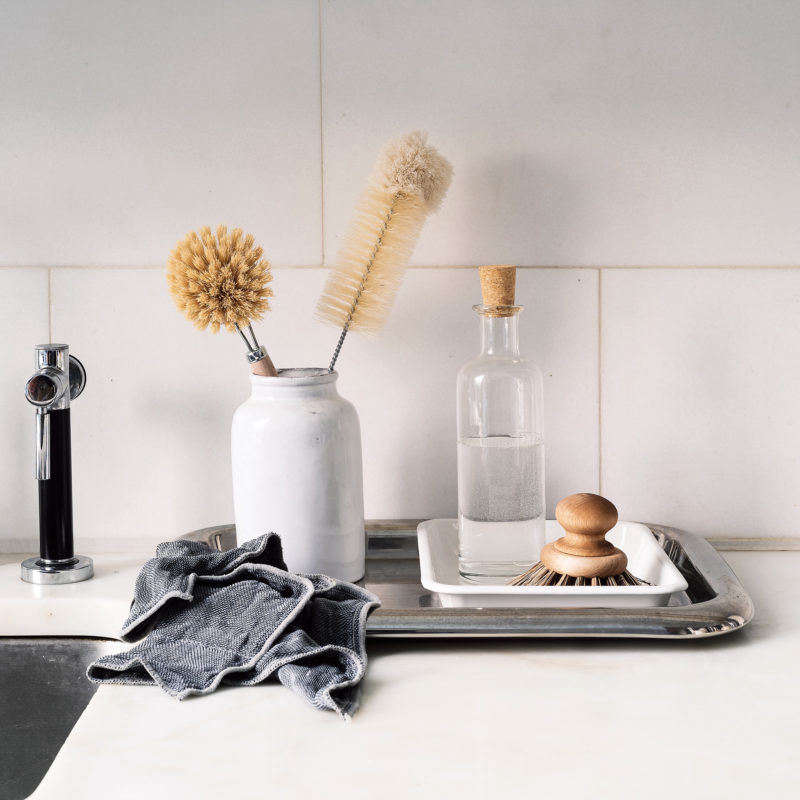
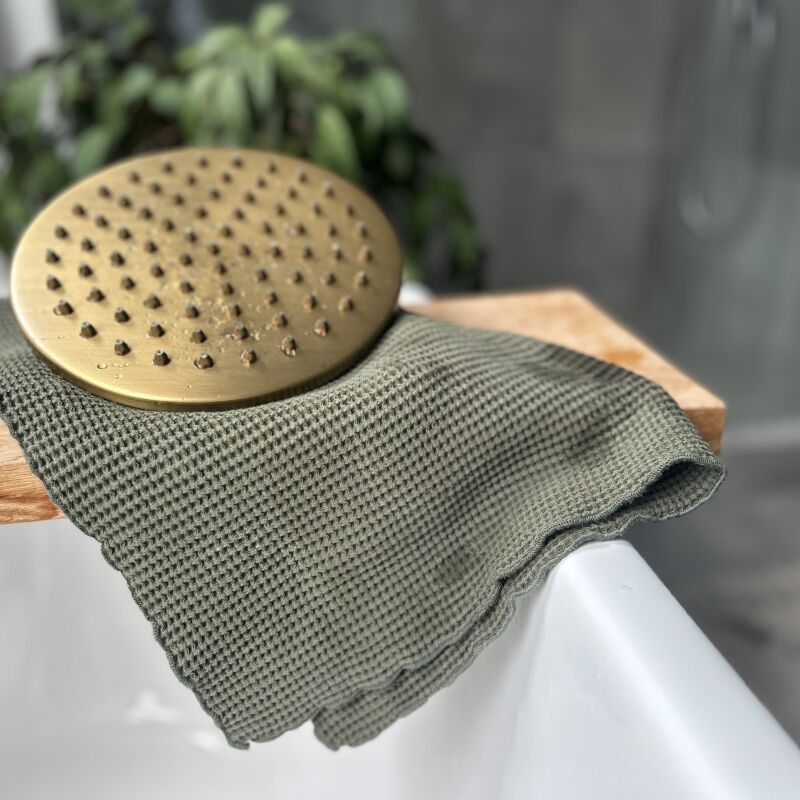


Have a Question or Comment About This Post?
Join the conversation